A man tests a set of radio frequency-triggered, color-changing light bulbs. A woman adjusts a small clock that looks like three electric sockets. Another man puts the finishing touches on a roach trap made from traditional paper cutting techniques to resemble the miniature houses used in ceremonies to comfort the spirits of the dead. These three were among several dozen designers putting the finishing touches on their displays for the second annual Taiwan Designers’ Week (台灣設計師週), which opened last Saturday and runs through Friday.
This year’s main exhibition is divided into eight sections at the Xinyi Public Assembly Hall (信義公民會館). There are also one exhibition section each at Taipei Artist Village (台北國際藝術村) and at the XueXue Institute (學學文創志業) in Neihu.
The all-volunteer event was initiated last year by Taiwan Designers’ Web (台灣設計師連線, TWDW), a network of designers from across the country, many of whom work as industrial designers making products for large business and feel their creativity is stifled at work.
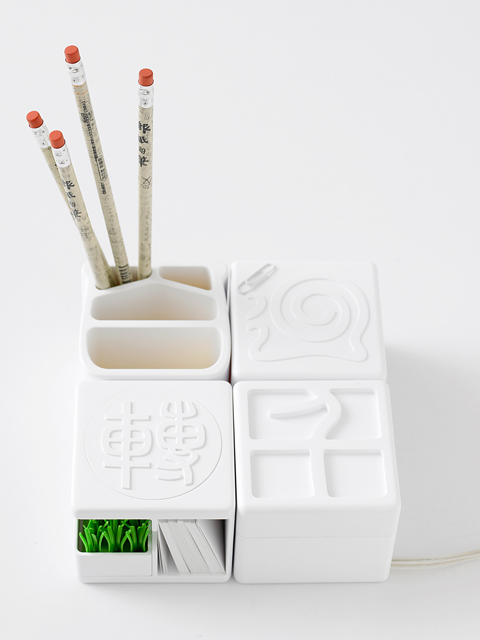
PHOTO COURTESY OF TAIWAN DESIGNERS’ WEB
With more than 250 participating groups and individual designers and 10 exhibition sections this year, compared to 100 entrants and seven sections last year, Taiwan Designers’ Week is clearly expanding. Last year’s fair only featured works by industrial and lifestyle product designers, but this year’s includes fashion and jewelry designers and film directors, as well as visual and graphic designers. Each of the 10 sections is curated by a loosely organized group and organized around concepts such as “On and Off,” “The Wall,” and “The Scholar’s Study.”
“Some [of this year’s] designs cost NT$100,000 or NT$300,000 [to make],” said Joyce Chou (周湘雲) the event’s executive director and a design researcher for Pega Design & Engineering. Many designers keep their participation a secret from their employers, she noted. Some took time off from work to prepare; others have bosses who would rather not see their employees’ energies divided between work and side projects.
One of last year’s products, a collection of benches created under the aegis of the design collective Dian Shin Refreshment (點心設計), received an iF product design award and has since been featured at the prestigious International Furniture Fair of Milan.
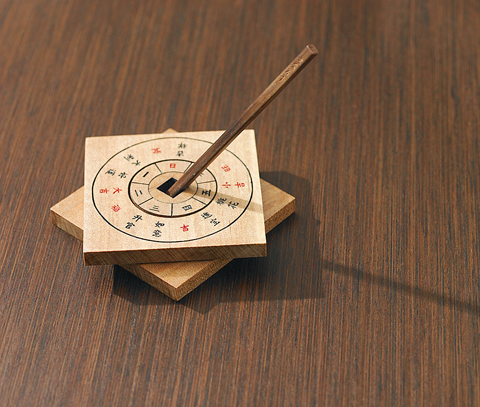
PHOTO COURTESY OF TAIWAN DESIGNERS’ WEB
This year, Dian Shin Refreshment (點心設計) has invited 50 designers to make stationary inspired by the aesthetics of China’s Song and Qing dynasties. The results include a pen holder-cum-sundial that also tells your fortune for the day, and a bookshelf that looks like a window frame from a pre-modern wooden house.
The On and Off concept was conceived of as an attempt to get participating designers thinking out of the box, as it were.
“We try to answer the question of whether or not we can escape from binary logic and create designs that are more in tune with the nuanced changes in human emotions and senses,” explained Harry Wu (吳佳勳), the On and Off section’s curator and a designer for Pega Design and Engineering.
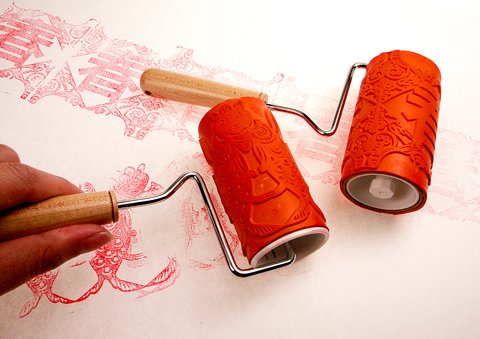
PHOTO COURTESY OF TAIWAN DESIGNERS’ WEB
Items in this section include Tech Tap, a faucet-shaped device that pours light instead of water into two “cups” and emits music that sounds like trickling water. The glasses are rigged with LED lights and “receive” the music and light as if they were tangible materials. Another interesting invention is a keyboard bearing the unintelligible characters of a “Martian language” (火星文). Visitors can type messages that are displayed on a monitor and can be printed out as a sticker.
The Wall section — the underlying concept of which was to get designers into the habit of thinking not in terms of discrete designs but relationships with space and the environment — includes a project titled Hang Up, which is a phone that only hangs up when it’s hung on a wall, and a selection of stickers that transform ugly cracks on a wall into works of art.
For exhibit curator Alan Huang (黃偉倫), Taiwan Designers’ Week offers a much-needed chance for local designers to develop their own individual identities.
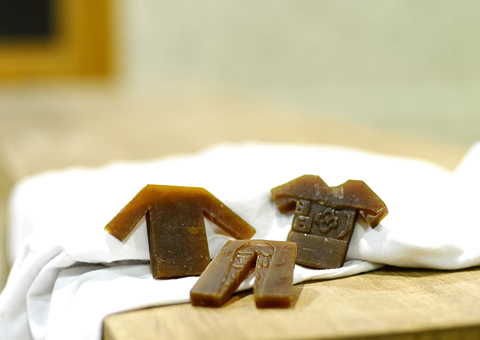
PHOTO COURTESY OF TAIWAN DESIGNERS’ WEB
“The world of design needs stars — stars with strong personal viewpoints,” said Huang, adding that the design industry in Taiwan is still immature but will hopefully explode onto the international stage in the near future.
From July 7 to July 9, guided tours will be available for the eight sections at the Xinyi Public Assembly Hall. These include Xrange (十 一事務所), Asus and Opening United (打開聯合).
For those who want to take one of the designs home, several popular items from last year’s exhibition are available for purchases at 7-Eleven stores. For more information, go to the event’s bilingual site at www.designersweek.tw.
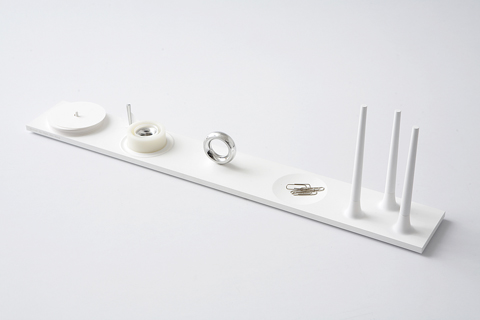
PHOTO COURTESY OF TAIWAN DESIGNERS’ WEB

PHOTO COURTESY OF TAIWAN DESIGNERS’ WEB
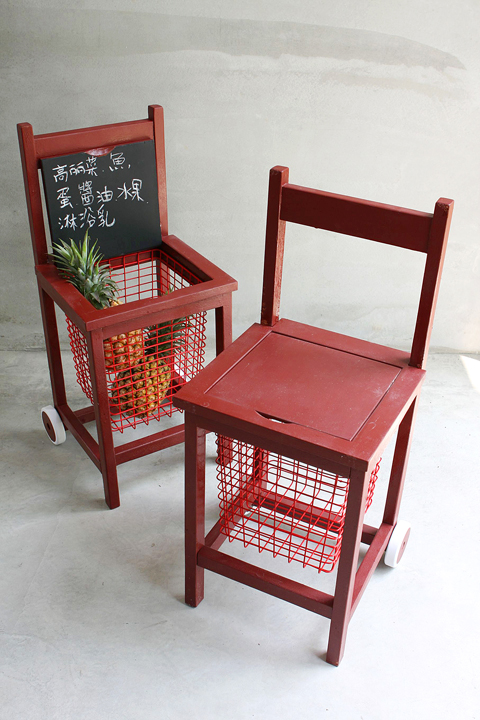
PHOTO COURTESY OF TAIWAN DESIGNERS’ WEB

That US assistance was a model for Taiwan’s spectacular development success was early recognized by policymakers and analysts. In a report to the US Congress for the fiscal year 1962, former President John F. Kennedy noted Taiwan’s “rapid economic growth,” was “producing a substantial net gain in living.” Kennedy had a stake in Taiwan’s achievements and the US’ official development assistance (ODA) in general: In September 1961, his entreaty to make the 1960s a “decade of development,” and an accompanying proposal for dedicated legislation to this end, had been formalized by congressional passage of the Foreign Assistance Act. Two

Despite the intense sunshine, we were hardly breaking a sweat as we cruised along the flat, dedicated bike lane, well protected from the heat by a canopy of trees. The electric assist on the bikes likely made a difference, too. Far removed from the bustle and noise of the Taichung traffic, we admired the serene rural scenery, making our way over rivers, alongside rice paddies and through pear orchards. Our route for the day covered two bike paths that connect in Fengyuan District (豐原) and are best done together. The Hou-Feng Bike Path (后豐鐵馬道) runs southward from Houli District (后里) while the

March 31 to April 6 On May 13, 1950, National Taiwan University Hospital otolaryngologist Su You-peng (蘇友鵬) was summoned to the director’s office. He thought someone had complained about him practicing the violin at night, but when he entered the room, he knew something was terribly wrong. He saw several burly men who appeared to be government secret agents, and three other resident doctors: internist Hsu Chiang (許強), dermatologist Hu Pao-chen (胡寶珍) and ophthalmologist Hu Hsin-lin (胡鑫麟). They were handcuffed, herded onto two jeeps and taken to the Secrecy Bureau (保密局) for questioning. Su was still in his doctor’s robes at

Mirror mirror on the wall, what’s the fairest Disney live-action remake of them all? Wait, mirror. Hold on a second. Maybe choosing from the likes of Alice in Wonderland (2010), Mulan (2020) and The Lion King (2019) isn’t such a good idea. Mirror, on second thought, what’s on Netflix? Even the most devoted fans would have to acknowledge that these have not been the most illustrious illustrations of Disney magic. At their best (Pete’s Dragon? Cinderella?) they breathe life into old classics that could use a little updating. At their worst, well, blue Will Smith. Given the rapacious rate of remakes in modern